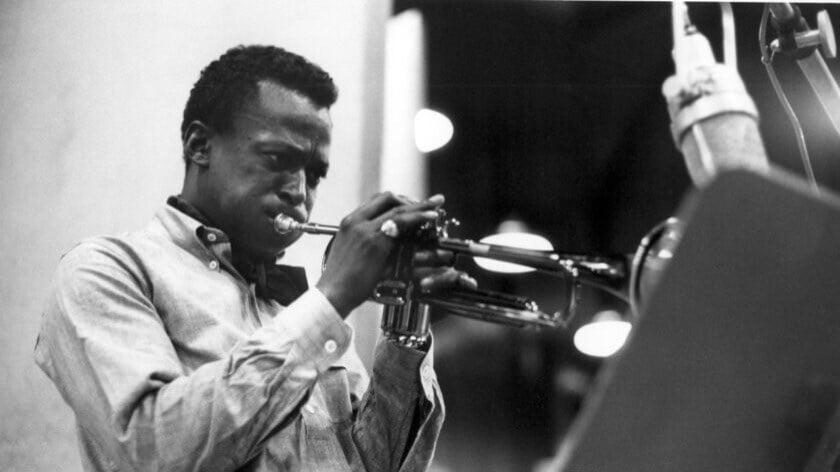We have been working hard to introduce some classic style dress shirting that clients have been requesting of late. This is the first phase of updating our shirting assortment and is, for now, only available digitally (no swatches). These new 12 cloths are mostly in our Non-Iron quality, one from Thomas Mason and two from Albini covering tiers 1 and 3 of pricing for now. More to come in Pre-fall and Fall Collections, but in the meantime, these should be easy to propose to clients who will mostly know these as qualities we have successfully offered before.
The “Classics” of menswear may seem rather dull to some but often have an interesting history, usually a combination of quality, circumstances, and the need for certain types of cloth and pattern adopted into men’s attire. It is difficult to imagine today, but dressing well was once a luxury only available to the wealthy and the British so-called “Upper Class” that established and influenced a lot of the dress codes of the time. These style setters were mostly made up of nobility and “upstairs,” titled owners of property – think Downton Abbey. |
The Oxford Shirt is one of those classic menswear items with a truly fascinating history. The name Oxford was given to an early shirt quality that was part of a family of cotton cloths that a Scottish mill launched along with Harvard, Yale, and Cambridge. The “Oxford” quality sold extremely well and survived as a best-selling cloth due to the basket weave, providing an airy cloth that was soft and yet thick enough to withstand the rigors of sport.
It became adopted by polo players of the time, which was an incredibly popular sport in the early 1900’s, and the players began to remove the stiff interlining and sew buttons to the points of their collars to keep them from flapping around in play. This button-down collar became synonymous with the Oxford shirting cloth, marrying the two and establishing a classic that survives today. The button-down Oxford was, in some ways, the first casual item in a gentleman’s wardrobe that, in the middle of the century, became one of the few shirts that could be worn without a tie and open neck due to its soft rolled appearance. |
Today, the cloth translates easily across all shirt styling, proving continually popular with men in blue and white. The pinpoint version we offer is just a finer version, and many prefer it due to its lighter and more refined appearance. The history of the Bengal stripe shirt is another fascinating story that begins in the 19th century. During this time, the British East India Company was at the height of its influence in India. British officers stationed in Bengal, India, began to adopt the traditional Indian striped fabrics, which featured distinct, narrow, alternating vertical stripes. These fabrics were not only practical in the hot and humid climate of Bengal but also aesthetically pleasing. The Bengal stripe pattern, characterized by its fine, evenly spaced stripes running parallel to each other, soon gained popularity among the British officers and was brought back to England.
In England, the Bengal stripe shirt became a fashion statement, especially among the upper classes. It was considered a symbol of refinement and sophistication. Over time, the design evolved, with variations in stripe width and color, catering to different tastes and occasions. The Bengal stripe shirt’s timeless appeal has endured through the decades, and it remains a staple in men’s fashion, often seen in both formal and casual settings, a testament to its enduring legacy. |
 |



